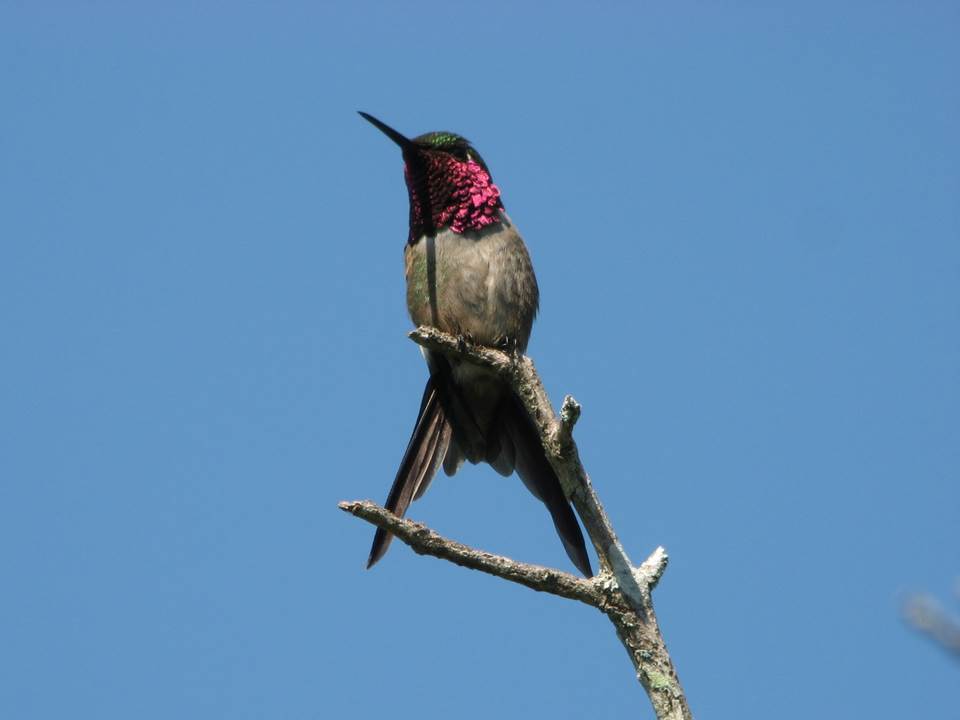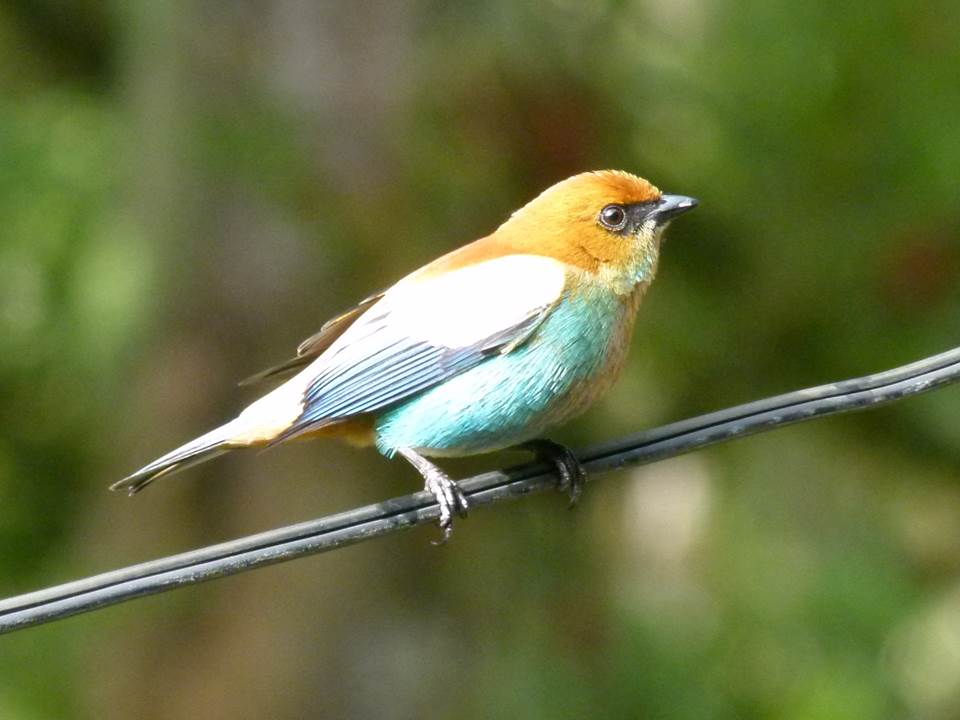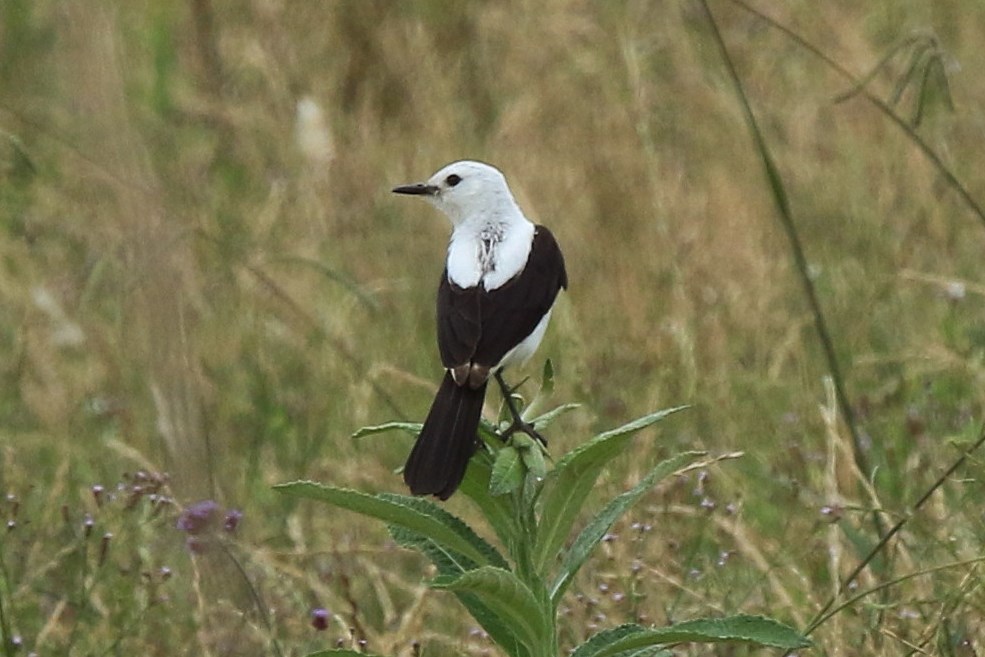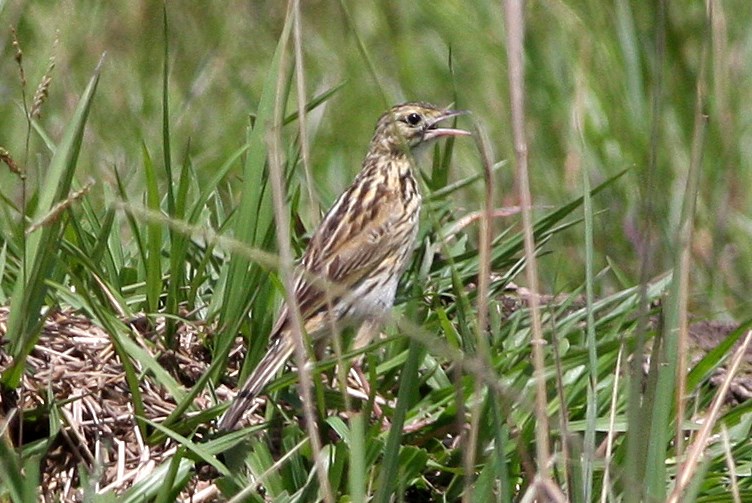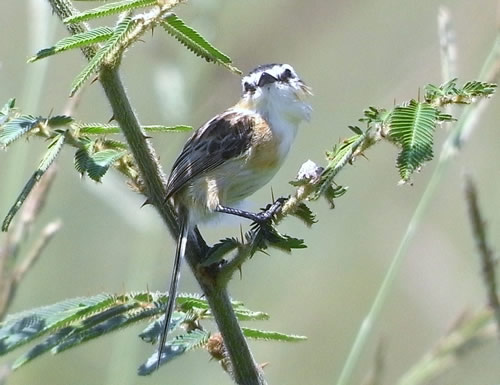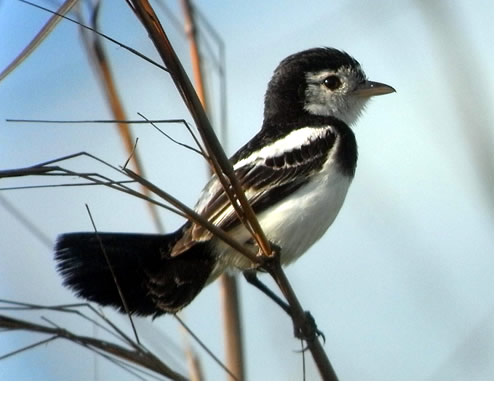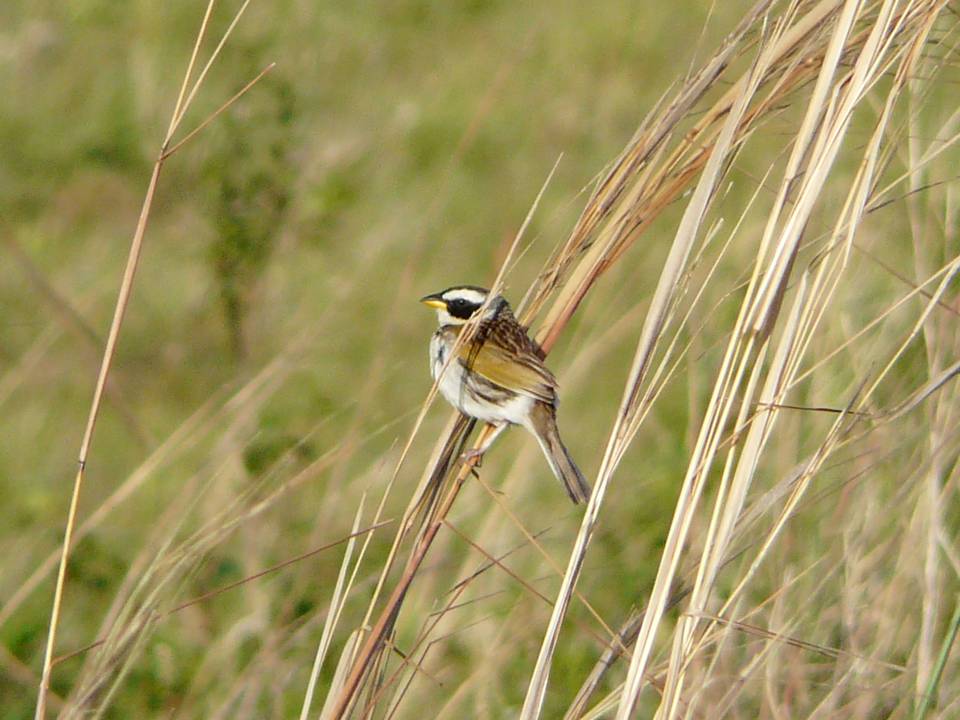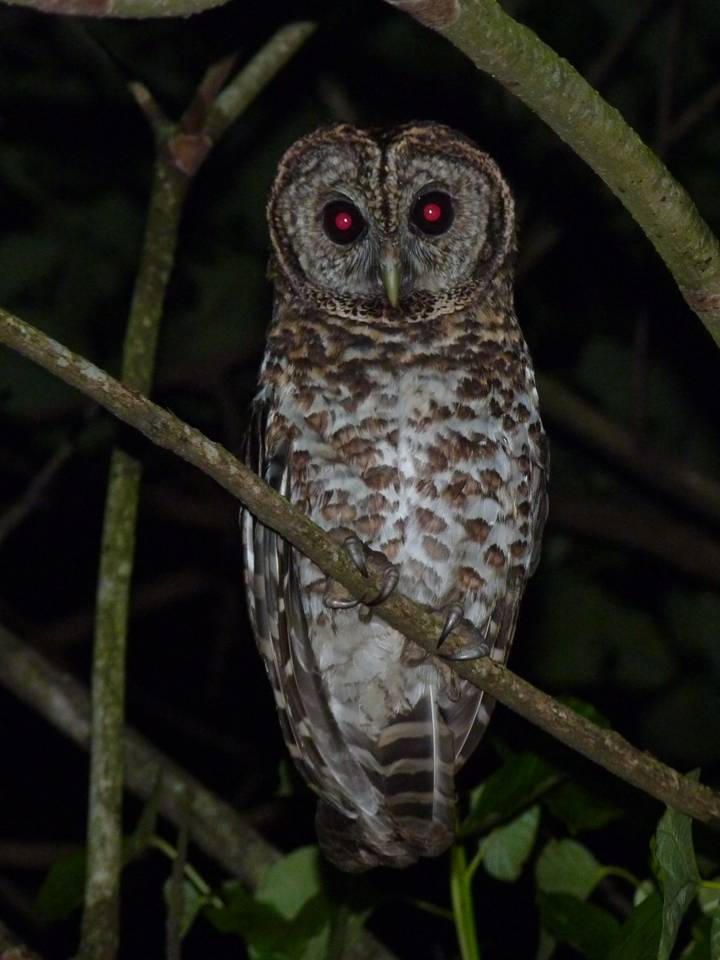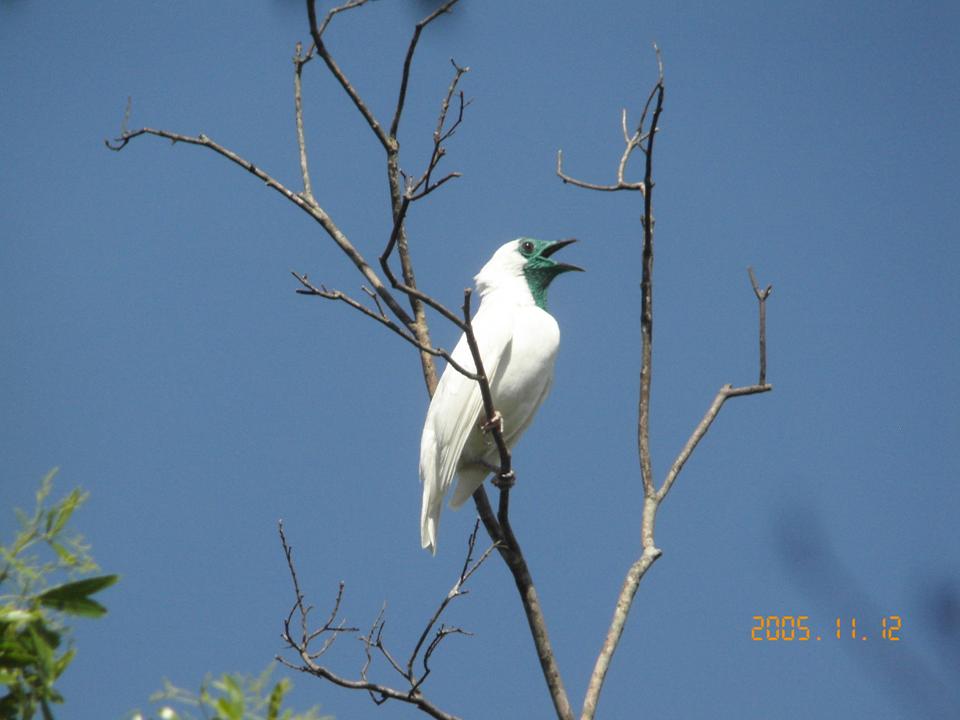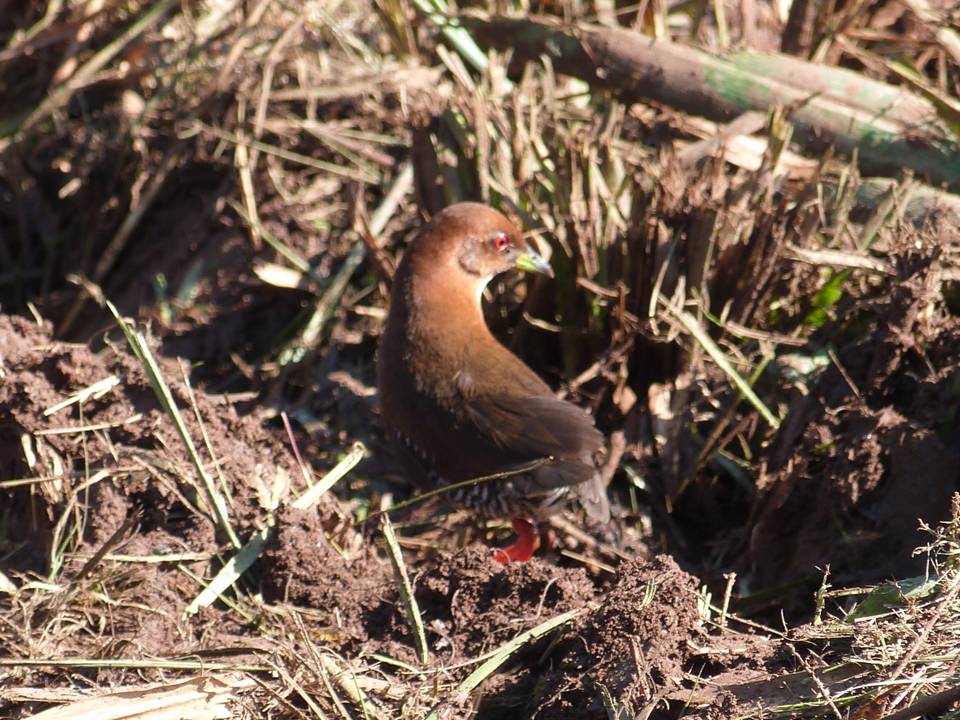Designed by Paul Smith 2006. This website is copyrighted by law.
Material contained herewith may not be used without the prior written permission of FAUNA Paraguay.
Photographs on this web-site were taken by Paul Smith, Mark Pearman, Hemme Batjes, Andy Livermore, Jon Ashburner and Jonathan Newman and are used with permission.
Material contained herewith may not be used without the prior written permission of FAUNA Paraguay.
Photographs on this web-site were taken by Paul Smith, Mark Pearman, Hemme Batjes, Andy Livermore, Jon Ashburner and Jonathan Newman and are used with permission.
!!!SOUTHEAST SOUTH AMERICAN MEGA RARITIES TOUR!!!
Introduction:
For this tour Paul Smith has teamed up with veteran Southern Cone birder and ornithologist, Mark Pearman from Argentina.
This NEW tour traverses parts of SE Brazil, NE Argentina and E Paraguay in the SE corner of South America birding in the Araucaria forest belt, Planalto grass and marshlands, Iberá marshes, Atlantic Forest and Cerrado. The main focus is on the very top specialties in each area. This tour will also provide a superb species selection of up to 400 species given the large variety of habitats. The tour begins and finishes in Brazil; starting in Porto Alegre and concluding at Foz do Iguaçu, both of which are served by numerous daily flights to/from São Paulo. Occasionally we may also run this tour in reverse.
For this tour Paul Smith has teamed up with veteran Southern Cone birder and ornithologist, Mark Pearman from Argentina.
This NEW tour traverses parts of SE Brazil, NE Argentina and E Paraguay in the SE corner of South America birding in the Araucaria forest belt, Planalto grass and marshlands, Iberá marshes, Atlantic Forest and Cerrado. The main focus is on the very top specialties in each area. This tour will also provide a superb species selection of up to 400 species given the large variety of habitats. The tour begins and finishes in Brazil; starting in Porto Alegre and concluding at Foz do Iguaçu, both of which are served by numerous daily flights to/from São Paulo. Occasionally we may also run this tour in reverse.
FAUNA Paraguay tours are recommended by:
FAUNA Paraguay eco-tours are promoted by:
Main Targets:
In Brazil: Scaled Chachalaca, Red-spectacled and Vinaceous-breasted Amazons, Blue-bellied Parrot, Black-bellied and Tropeiro Seedeaters, Marsh Tapaculo.
In Argentina: Sickle-winged Nightjar, Strange-tailed Tyrant, Ochre-breasted Pipit, Yellow Cardinal and Iberá Seedeater.
In Paraguay: Rufous-faced Crake, Ocellated Crake, Helmeted Woodpecker, White-winged Nightjar and Russet-winged Spadebill.
Recommended duration:
This is a 16 day annual tour with fixed dates. We may conceivably be able to accommodate individuals who are interested in just part of the tour, depending upon how this fits in with other clients. PLACES ARE LIMITED!!
Best time to visit:
This tour is available only when the six rare seedeaters species are on their breeding grounds from November through March. For 2019 we will be offering this tour with fixed dates 6-21 January.
Itinerary:
Day 1 - AM arrival at Porto Alegre. Short drive to São Francisco de Paula and bird rest of the day in Araucaria forest around hotel. Owling at dusk.
Day 2 - All day visit to nearby forest reserve and marsh.
Day 3 - Drive to Bom Jesus and visit nearby marsh.
Day 4 - Full day birding marshes and Planalto shrubland out of Bom Jesus.
Day 5 - AM birding out of Bom Jesus, then transfer to Porto Alegro.
Day 6 - Early AM birding in nearby forest before midday flight to Uruguaiana. Cross into Argentina and bird en route to Mercedes.
Day 7 - Full days birding in the Iberá marshes.
Day 8 - Drive to Ituzaingo with late PM - dusk birding.
Day 9 - Cross into Paraguay. Transfer to San Rafael national forest reserve. PM and dusk birding.
Day 10 - All day birding at San Rafael and late transfer to Ciudad del Este.
Day 11 - Transfer to Reserva Natural Bosque de Mbaracayú, Paraguay’s largest tract of rainforest.
Days 12 and 13 - RNB Mbaracayú then late transfer to Curuguaty.
Day 14 - Transfer to Laguna Blanca with PM Cerrado birding.
Day 15 - Full days birding and night birding at Laguna Blanca.
Day 16 - Final mornings birding then transfer to Foz do Iguacu, Brazil for onward connections
(Itineraries are subject to change according to weather.)
Why does this tour cover three countries
The areas we visit are relatively close to one another, yet to reach them on conventional birding tours one would have to take a separate tour in each country. This is a unique opportunity to clean up on the mega birds of this region in one fell swoop.
What are we aiming for?:
In the temperate mixed Araucaria (monkey-puzzle) forests and marshes of Rio Grande do Sul (the southernmost state of Brazil) we´ll seek out the near-endemic Red-spectacled Amazon, Vinaceous-breasted Amazon, Long-tailed Cinclodes, Striolated Tit-Spinetail, Marsh Tapaculo, together with breeding Black-bellied and recently described (2013) Tropeiro Seedeaters, as well as poorly known Brazilian endemics such as Scaled Chachalaca and Blue-bellied Parrot.
After a short internal flight to the vast Iberá marshes of north-east Argentina, original home of the Argentine gaucho. At first we’ll stay on a working estancia and seek out South America’s most localized pipit, the Ochre-breasted Pipit before driving into the heart of the esteros. From our comfortable lodge we’ll home in on the Critically Endangered Yellow Cardinal as well as the outrageous Strange-tailed Tyrant and boost our seedeater tally into double figures with special focus on the recently-described Iberá Seedeater. To the north we’ll have a chance to enjoy the enigmatic Sickle-winged Nightjar before crossing into Paraguay.
Our first Paraguayan hotspot promises the poorly known Red-and-white Crake, Giant Snipe, the enigmatic Russet-winged Spadebill, while at night Rusty-barred Owl is regular. Heading north we’ll visit Mbaracayú where we will invest our efforts in two elusive mega-crakes, Ocellated and the rarely-seen Rufous-faced, rounding our time off with Helmeted Woodpecker and the obliging Bare-throated Bellbird. From here its west to the Cerrado of Laguna Blanca for Cock-tailed Tyrant, Black-masked Finch and one of the world´s most sought after nightjars, the endangered, ghost-like White-winged.
What else might we see?
From our first hotel base near São Francisco de Paula the surrounding Araucaria forests are a superb location to see the localized Mottled Piculet, and Long-tufted Screech-Owl. Balcony feeders by the breakfast room attract the handsome Chestnut-backed Tanager and a multitude of hummingbirds including Amethyst Woodstar. Here and at other nearby forest sites we hope to find Araucaria Tit-Spinetail, Planalto and Mouse-coloured Tapaculos, Hooded Berryeater, Black-capped Piprites, Azure Jay, Thick-billed Saltator, Grey-throated and Bay-chested Warbing-finches, Green-chinned Euphonia and there is even a chance of Rufous-tailed Attila and Swallow-tailed Cotinga. Heading north, the duo of the seriously-declining Saffron-cowled Blackbird and Black-and-white Monjita are a regular sight in this part of the world and we’ll also stop for Straight-billed Reedhaunter and Lesser Grassfinch. After dedicating time to our special Rio Grande do Sul targets we’ll return to Porto Alegre and fly to Uruguaiana on the Argentine border.
Continuing now in four wheel drives, we’ll visit an area for Ringed Teal where Plumbeous Ibis is fairly common and later search for Dark-throated Seedeater with increasing numbers of Greater Rhea. The climax grasslands of the Iberá marshes hold around 350 bird species with up to seven species of seedeater including the threatened Marsh, Chestnut and Rufous-rumped Seedeaters. Ash-throated Crake, Lesser Grassfinch and Crested Doradito are all fairly common here, and we might also hope to find Least Bittern and Azure Gallinule. Exiting the Iberá marsh system we reach the shores of the mighty Paraná river and seek out the recently split Pearly-bellied Seedeater and delightful Sharp-tailed Grass-Tyrant.
Crossing over to Paraguay, our first destination is San Rafael and we will head straight to the Kanguery grasslands in the centre of the park. Forest islands here hold decent populations of the super rarity Russet-winged Spadebill, a species that was lost for decades until it was rediscovered in this area, while after dusk we will stake out roding Giant Snipe. It’s a 90 minute drive to our accommodation in the southern tip of the park, but we´ll be there in time to search for the threatened Atlantic Forest endemic Rusty-barred Owl and perhaps pick up Tawny-browed Owl as well. The following morning we´ll be after the next one on our list of stunning and rarely-seen crakes, the handsome Red-and-white. A short forest walk will also give us a shot at some other rare forest endemics including Blackish-blue Seedeater, Southern Bristle-tyrant and Creamy-bellied Gnatcatcher.
From here we head north towards the Mbaracayú Forest Reserve, spending a comfortable night at Ciudad del Este en route. Mbaracayú brings the promise of two seriously huge crake ticks, and we will invest the necessary time to pick up Ocellated and Rufous-faced Crakes. Other massive birds here include Helmeted Woodpecker, once nicknamed “the South American Ivorybill” and Paraguay´s national bird the earsplitting Bare-throated Bellbird. Kissing goodbye to the Atlantic Forest we head west to the Cerrado of Laguna Blanca via an overnight in the town of Curuguaty. Cock-tailed Tyrant is a treat, performing its aeroplane-like display flights and we will also search for Black-masked Finch as well as having an outside chance of Lesser Nothura as the sun goes down. It’s after dark when the real mega makes its appearance though, and a close encounter with the magnificent White-winged Nightjar is a memorable way to round of an unforgettable tour packed with unforgettable birds.
Finally we transfer to Foz do Iguaçu, Brazil for onward connections.
In Brazil: Scaled Chachalaca, Red-spectacled and Vinaceous-breasted Amazons, Blue-bellied Parrot, Black-bellied and Tropeiro Seedeaters, Marsh Tapaculo.
In Argentina: Sickle-winged Nightjar, Strange-tailed Tyrant, Ochre-breasted Pipit, Yellow Cardinal and Iberá Seedeater.
In Paraguay: Rufous-faced Crake, Ocellated Crake, Helmeted Woodpecker, White-winged Nightjar and Russet-winged Spadebill.
Recommended duration:
This is a 16 day annual tour with fixed dates. We may conceivably be able to accommodate individuals who are interested in just part of the tour, depending upon how this fits in with other clients. PLACES ARE LIMITED!!
Best time to visit:
This tour is available only when the six rare seedeaters species are on their breeding grounds from November through March. For 2019 we will be offering this tour with fixed dates 6-21 January.
Itinerary:
Day 1 - AM arrival at Porto Alegre. Short drive to São Francisco de Paula and bird rest of the day in Araucaria forest around hotel. Owling at dusk.
Day 2 - All day visit to nearby forest reserve and marsh.
Day 3 - Drive to Bom Jesus and visit nearby marsh.
Day 4 - Full day birding marshes and Planalto shrubland out of Bom Jesus.
Day 5 - AM birding out of Bom Jesus, then transfer to Porto Alegro.
Day 6 - Early AM birding in nearby forest before midday flight to Uruguaiana. Cross into Argentina and bird en route to Mercedes.
Day 7 - Full days birding in the Iberá marshes.
Day 8 - Drive to Ituzaingo with late PM - dusk birding.
Day 9 - Cross into Paraguay. Transfer to San Rafael national forest reserve. PM and dusk birding.
Day 10 - All day birding at San Rafael and late transfer to Ciudad del Este.
Day 11 - Transfer to Reserva Natural Bosque de Mbaracayú, Paraguay’s largest tract of rainforest.
Days 12 and 13 - RNB Mbaracayú then late transfer to Curuguaty.
Day 14 - Transfer to Laguna Blanca with PM Cerrado birding.
Day 15 - Full days birding and night birding at Laguna Blanca.
Day 16 - Final mornings birding then transfer to Foz do Iguacu, Brazil for onward connections
(Itineraries are subject to change according to weather.)
Why does this tour cover three countries
The areas we visit are relatively close to one another, yet to reach them on conventional birding tours one would have to take a separate tour in each country. This is a unique opportunity to clean up on the mega birds of this region in one fell swoop.
What are we aiming for?:
In the temperate mixed Araucaria (monkey-puzzle) forests and marshes of Rio Grande do Sul (the southernmost state of Brazil) we´ll seek out the near-endemic Red-spectacled Amazon, Vinaceous-breasted Amazon, Long-tailed Cinclodes, Striolated Tit-Spinetail, Marsh Tapaculo, together with breeding Black-bellied and recently described (2013) Tropeiro Seedeaters, as well as poorly known Brazilian endemics such as Scaled Chachalaca and Blue-bellied Parrot.
After a short internal flight to the vast Iberá marshes of north-east Argentina, original home of the Argentine gaucho. At first we’ll stay on a working estancia and seek out South America’s most localized pipit, the Ochre-breasted Pipit before driving into the heart of the esteros. From our comfortable lodge we’ll home in on the Critically Endangered Yellow Cardinal as well as the outrageous Strange-tailed Tyrant and boost our seedeater tally into double figures with special focus on the recently-described Iberá Seedeater. To the north we’ll have a chance to enjoy the enigmatic Sickle-winged Nightjar before crossing into Paraguay.
Our first Paraguayan hotspot promises the poorly known Red-and-white Crake, Giant Snipe, the enigmatic Russet-winged Spadebill, while at night Rusty-barred Owl is regular. Heading north we’ll visit Mbaracayú where we will invest our efforts in two elusive mega-crakes, Ocellated and the rarely-seen Rufous-faced, rounding our time off with Helmeted Woodpecker and the obliging Bare-throated Bellbird. From here its west to the Cerrado of Laguna Blanca for Cock-tailed Tyrant, Black-masked Finch and one of the world´s most sought after nightjars, the endangered, ghost-like White-winged.
What else might we see?
From our first hotel base near São Francisco de Paula the surrounding Araucaria forests are a superb location to see the localized Mottled Piculet, and Long-tufted Screech-Owl. Balcony feeders by the breakfast room attract the handsome Chestnut-backed Tanager and a multitude of hummingbirds including Amethyst Woodstar. Here and at other nearby forest sites we hope to find Araucaria Tit-Spinetail, Planalto and Mouse-coloured Tapaculos, Hooded Berryeater, Black-capped Piprites, Azure Jay, Thick-billed Saltator, Grey-throated and Bay-chested Warbing-finches, Green-chinned Euphonia and there is even a chance of Rufous-tailed Attila and Swallow-tailed Cotinga. Heading north, the duo of the seriously-declining Saffron-cowled Blackbird and Black-and-white Monjita are a regular sight in this part of the world and we’ll also stop for Straight-billed Reedhaunter and Lesser Grassfinch. After dedicating time to our special Rio Grande do Sul targets we’ll return to Porto Alegre and fly to Uruguaiana on the Argentine border.
Continuing now in four wheel drives, we’ll visit an area for Ringed Teal where Plumbeous Ibis is fairly common and later search for Dark-throated Seedeater with increasing numbers of Greater Rhea. The climax grasslands of the Iberá marshes hold around 350 bird species with up to seven species of seedeater including the threatened Marsh, Chestnut and Rufous-rumped Seedeaters. Ash-throated Crake, Lesser Grassfinch and Crested Doradito are all fairly common here, and we might also hope to find Least Bittern and Azure Gallinule. Exiting the Iberá marsh system we reach the shores of the mighty Paraná river and seek out the recently split Pearly-bellied Seedeater and delightful Sharp-tailed Grass-Tyrant.
Crossing over to Paraguay, our first destination is San Rafael and we will head straight to the Kanguery grasslands in the centre of the park. Forest islands here hold decent populations of the super rarity Russet-winged Spadebill, a species that was lost for decades until it was rediscovered in this area, while after dusk we will stake out roding Giant Snipe. It’s a 90 minute drive to our accommodation in the southern tip of the park, but we´ll be there in time to search for the threatened Atlantic Forest endemic Rusty-barred Owl and perhaps pick up Tawny-browed Owl as well. The following morning we´ll be after the next one on our list of stunning and rarely-seen crakes, the handsome Red-and-white. A short forest walk will also give us a shot at some other rare forest endemics including Blackish-blue Seedeater, Southern Bristle-tyrant and Creamy-bellied Gnatcatcher.
From here we head north towards the Mbaracayú Forest Reserve, spending a comfortable night at Ciudad del Este en route. Mbaracayú brings the promise of two seriously huge crake ticks, and we will invest the necessary time to pick up Ocellated and Rufous-faced Crakes. Other massive birds here include Helmeted Woodpecker, once nicknamed “the South American Ivorybill” and Paraguay´s national bird the earsplitting Bare-throated Bellbird. Kissing goodbye to the Atlantic Forest we head west to the Cerrado of Laguna Blanca via an overnight in the town of Curuguaty. Cock-tailed Tyrant is a treat, performing its aeroplane-like display flights and we will also search for Black-masked Finch as well as having an outside chance of Lesser Nothura as the sun goes down. It’s after dark when the real mega makes its appearance though, and a close encounter with the magnificent White-winged Nightjar is a memorable way to round of an unforgettable tour packed with unforgettable birds.
Finally we transfer to Foz do Iguaçu, Brazil for onward connections.
What does it include?:
The price includes pick-up from Porto Alegre airport on the morning of 6 January, drop off at Foz do Iguaçu airport on afternoon of 21 January, Brazil, all accommodation, transport, food, unlimited mineral water, drinks with meals (including alcoholic drinks within reason), entry fees and guiding fees.
Cost for 16 day package TO BE CONFIRMED.
It does not include travel insurance, personal expenses, or travel costs incurred before the beginning of the tour or after the tour is over.
For further information or to book your tour email us at faunaparaguay@gmail.com
The price includes pick-up from Porto Alegre airport on the morning of 6 January, drop off at Foz do Iguaçu airport on afternoon of 21 January, Brazil, all accommodation, transport, food, unlimited mineral water, drinks with meals (including alcoholic drinks within reason), entry fees and guiding fees.
Cost for 16 day package TO BE CONFIRMED.
It does not include travel insurance, personal expenses, or travel costs incurred before the beginning of the tour or after the tour is over.
For further information or to book your tour email us at faunaparaguay@gmail.com


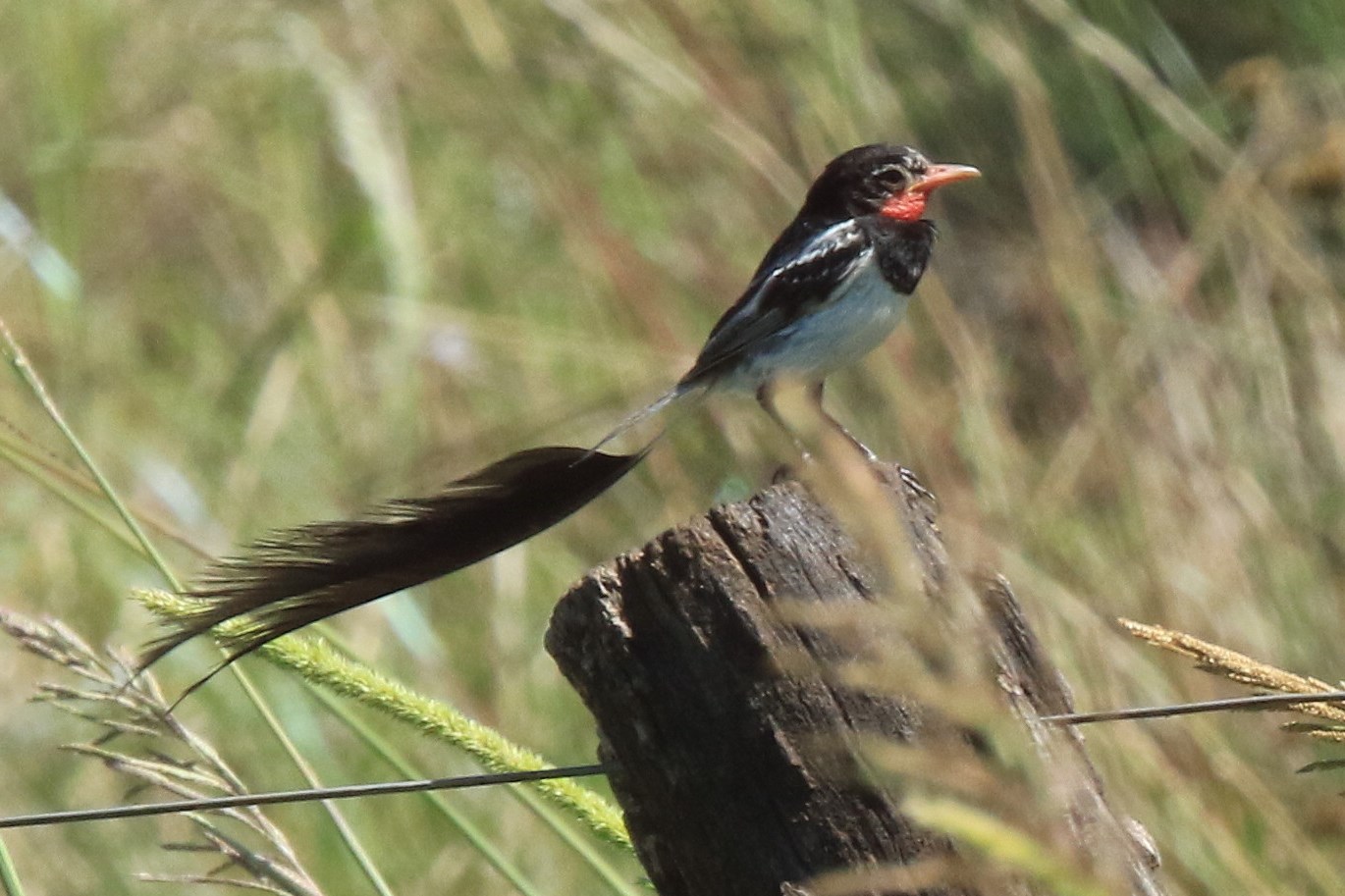
The kind of bird that world listers drool over, the much sought after Russet-winged Spadebill (Platyrinchus leucoryphus) is a major draw for birders in Paraguay.
The aptly-named Strange-tailed Tyrant (Alectrurus risora) is a globally-threatened inhabitant of the Iberá marshes.
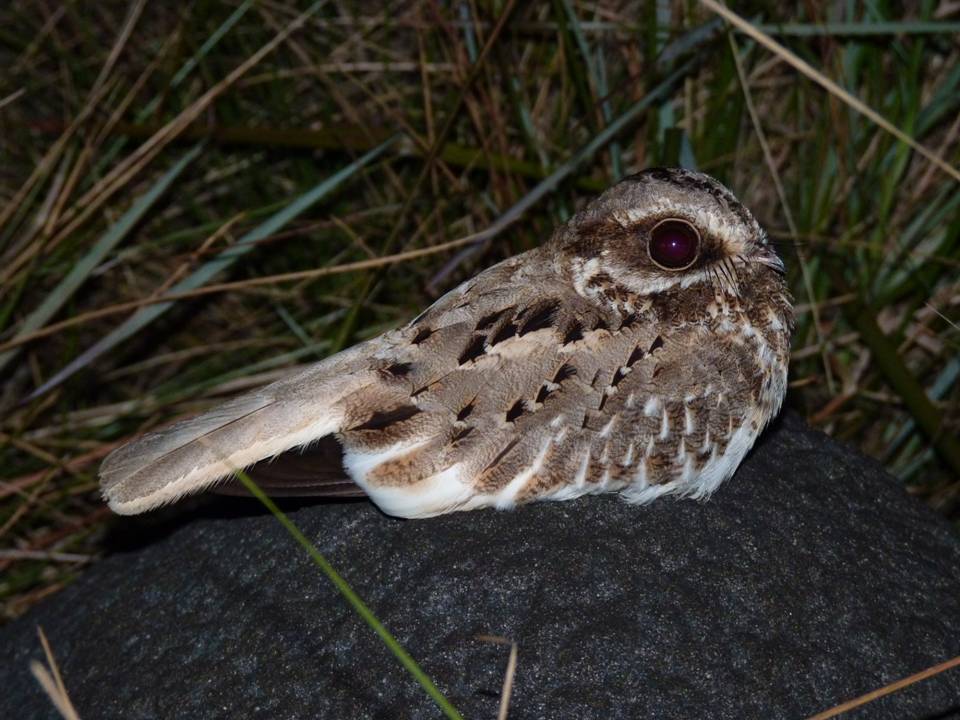
Close encounters with White-winged Nightjar (Eleothreptus candicans) in Paraguay are the stuff serious birding memories are made from!
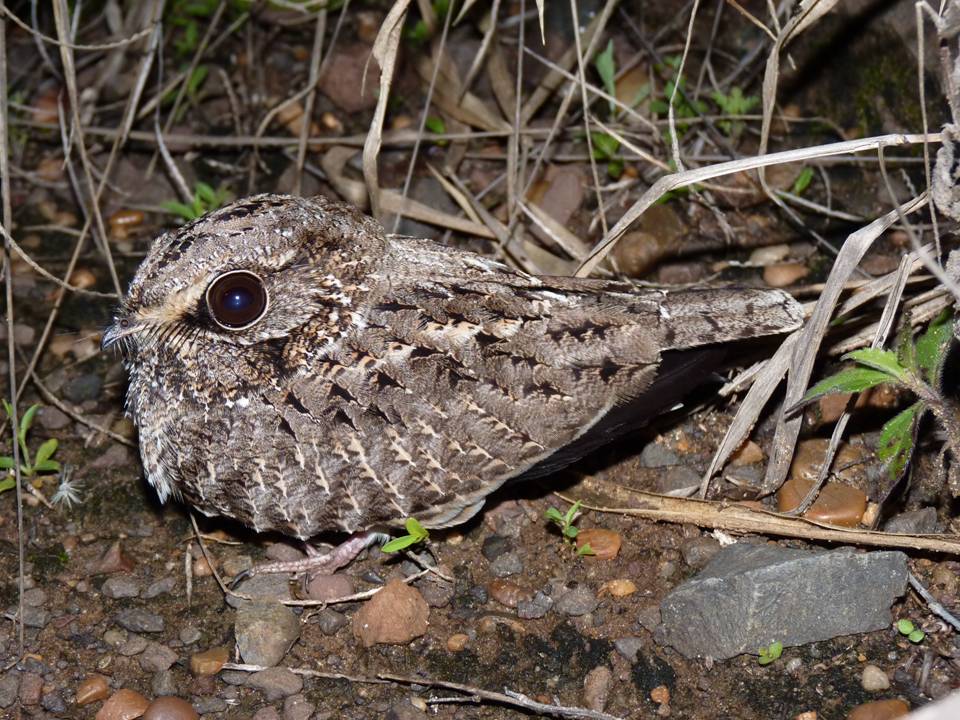
But point blank views of the rarely-encountered Sickle-winged Nightjar (Eleothreptus anomalus) won´t be far behind when you´re putting together your slide show!
The smart, yet scarce, Black-bellied Seedeater (Sporophila melanogaster) breeds only in Rio Grande do Sul and adjacent Santa Catarina.
The unmissable bird in the Iberá marshes is the Yellow Cardinal (Gubernatrix cristata) which has disappeared from almost all of its former range.
Perhaps the fastest declining bird of the Southern Cone, flocks of the gorgeous Saffron-cowled Blackbird (Xanthopsar flavus) are an unforgettable sight.
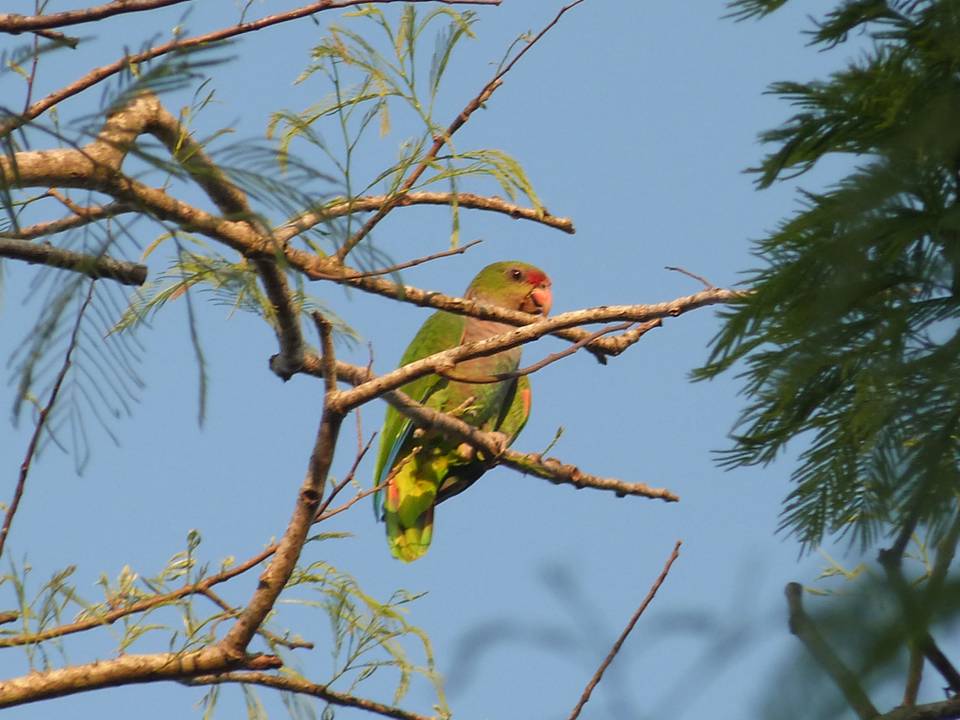
Once abundant, world populations of the Vinaceous-breasted Amazon (Amazona vinacea) have crashed, making this a serious worldy!
"South America´s Ivorybill" the spectacular Helmeted Woodpecker (Celeus galeatus) is a bird that never ceases to impress!
This tour is a seedeater bonanza, with over a dozen species possible including some of the rarest birds on the continent, like this Chestnut Seedeater (Sporophila cinnamomea) (left) and the recently-described Iberá Seedeater (Sporophila iberaensis) (right).
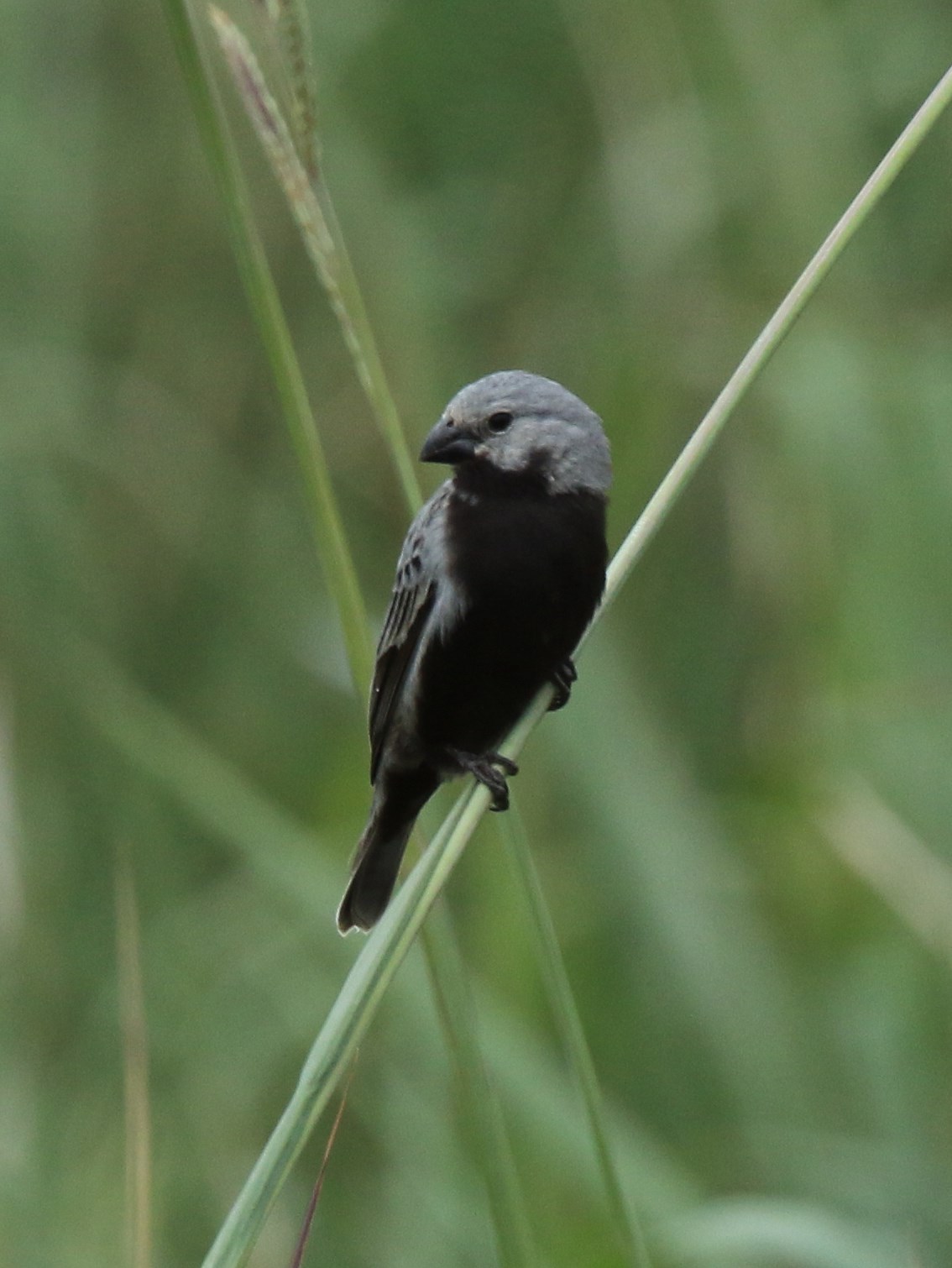
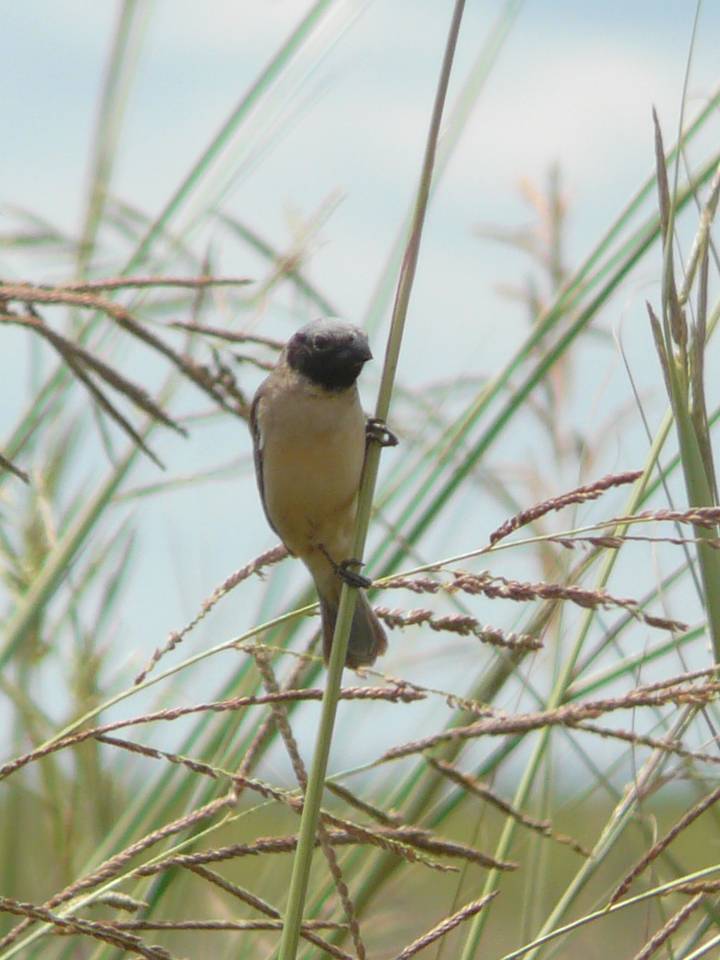
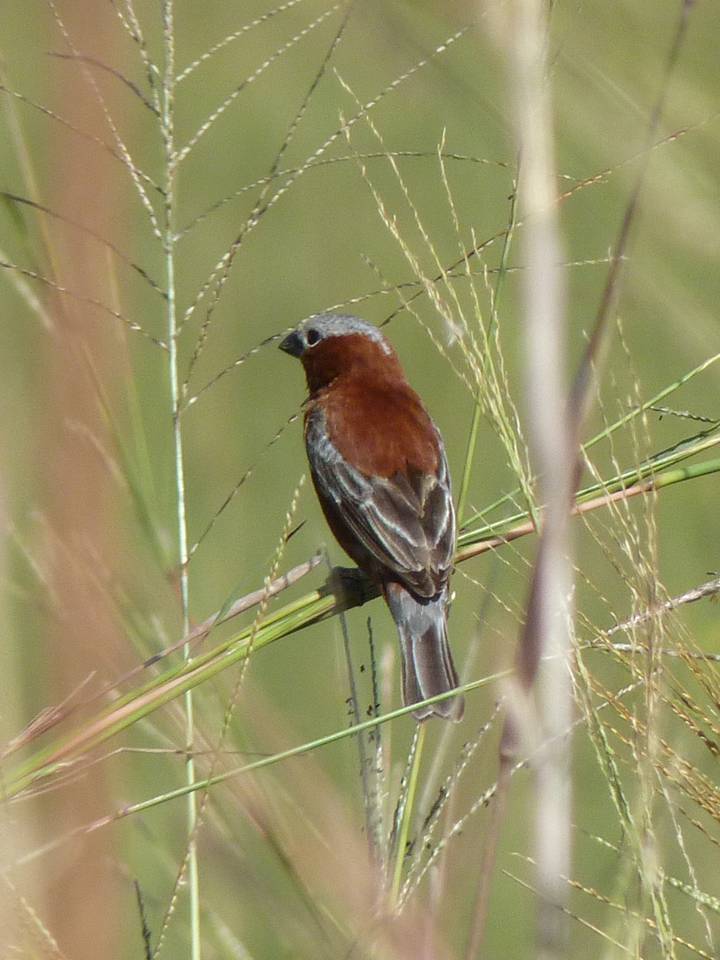
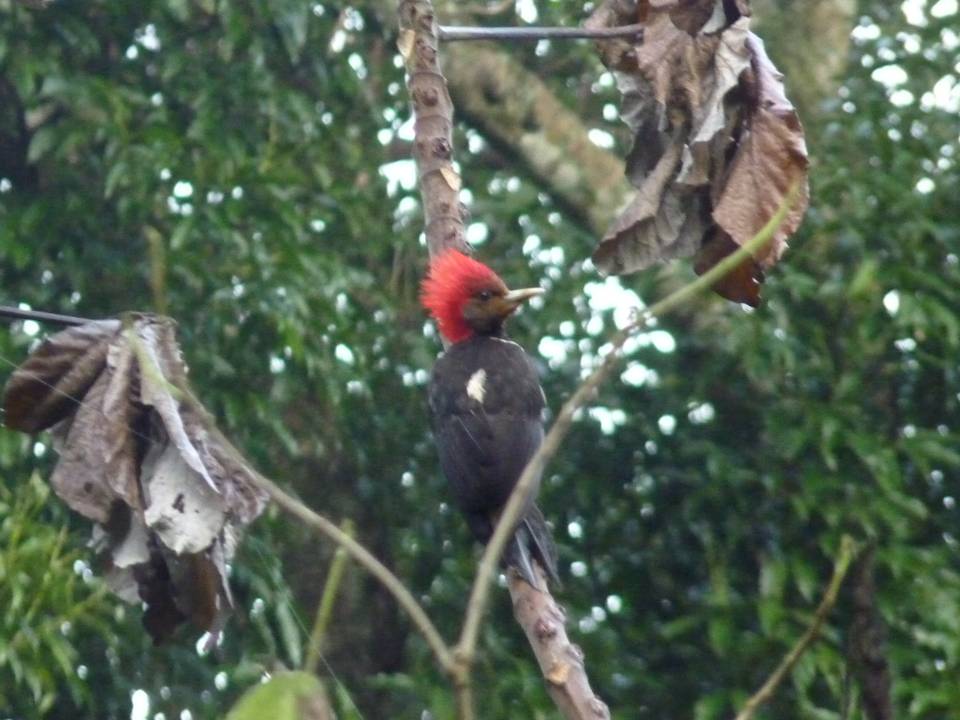
From left to right: 1) the highly-localised, isolated range endemic Long-tailed Cinclodes (Cinclodes pabsti) is a must for visitors to Rio Grande do Sul; 2) the charismatic swamp-dweller Straight-billed Reedhaunter (Limnoctistes rectirostris) is always popular; 3) Araucaria Tit-Spinetail (Leptasthenura setaria) is a dead cert in Araucaria forest; 4) common throughout Rio Grande do Sul, the near threatened Azure Jay (Cyanocorax azureus) is hard to overlook.
From left to right: 5) the charming Grey-throated Warbling-finch (Poospiza cabanisi) is a constant companion in Aruacaria forests of Rio Grande do Sul; 6) as is the handsome Diademed Tanager (Stephanophorus diadematus); 7) Long-tufted Screech-Owl (Megascops sanctaecatarinae) is high on our nightbirding target list; 8) Thick-billed Saltator (Saltator maxillosus) is a welcome addition to our RGS haul.
From left to right: 9) Amethyst Woodstar (Calliphlox amethystina) often puts on a show at the balcony feeders of our Brazilian hotel; 10) The stunning Chestnut-backed Tanager (Tangara preciosa) is an Araucaria specialist; 11) The charming Black-and-white Monjita (Xolmis dominicanus) is a feature of the Mesopotamian grasslands of northern Argentina; 12) as is the restricted range Ochre-breasted Pipit (Anthus nattereri).
From left to right: 13) a wealth of globally threatened grassland birds will be seen on this tour. The tiny Sharp-tailed Tyrant (Culicivora caudacuta) is likely to be a favourite; 14) In the Cerrado of Paraguay the charismatic Cock-tailed Tyrant (Alectrurus tricolor) will keep us entertained with its "aeroplane" display flights; 15) and the more elusive, but no less rare Black-masked Finch (Coryphaspiza melanotis) will reward us for our persistence; 16) After dark we will be hoping for a good show from the remarkable Giant Snipe (Gallinago undulata) when they emerge to rode.
From left to right: 17) The Atlantic Forest of Paraguay will provide some excellent owling with one key target being the habitat endemic Rusty-barred Owl (Strix hylophila caudacuta); 18) whilst Paraguay´s national bird the earsplitting Bare-throated Bellbird (Procnias nudicollis) is a shoe in at Mbaracayú; 19) Another fast declining species is the Green-chinned Euphonia (Euphonia chalybea); 20) One of many crakes we hope to entice into the open is the Red-and-white Crake (Laterallus leucopyrrhus), a bird that leaves a hole in many people´s lists.




















